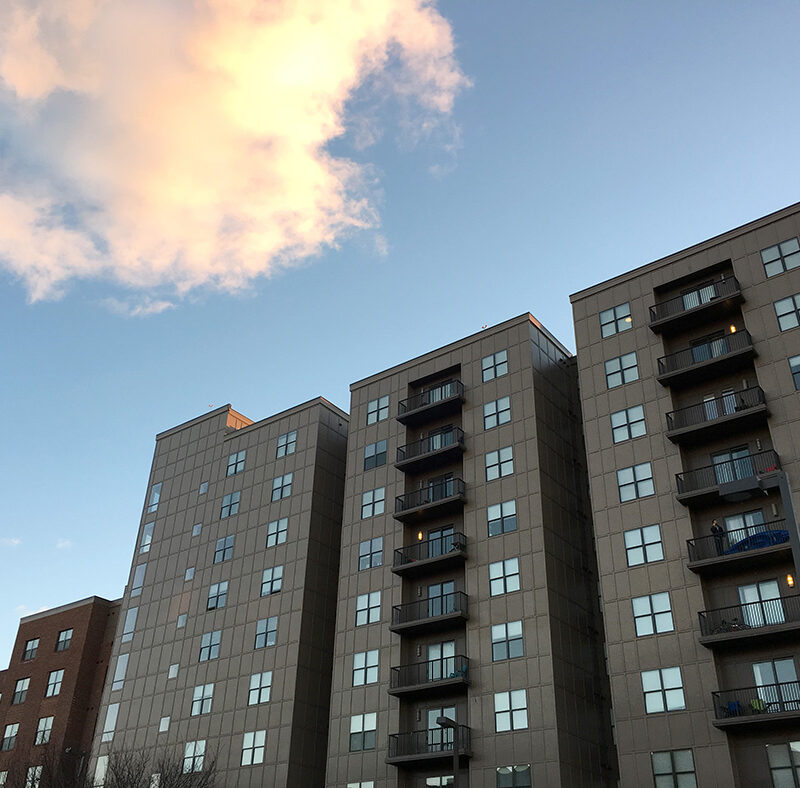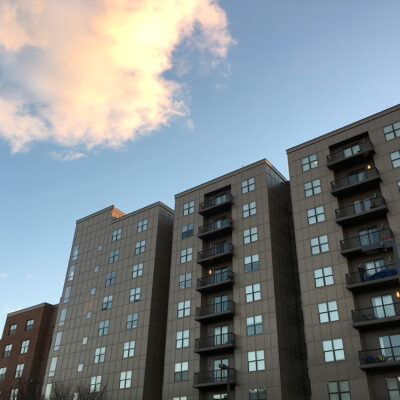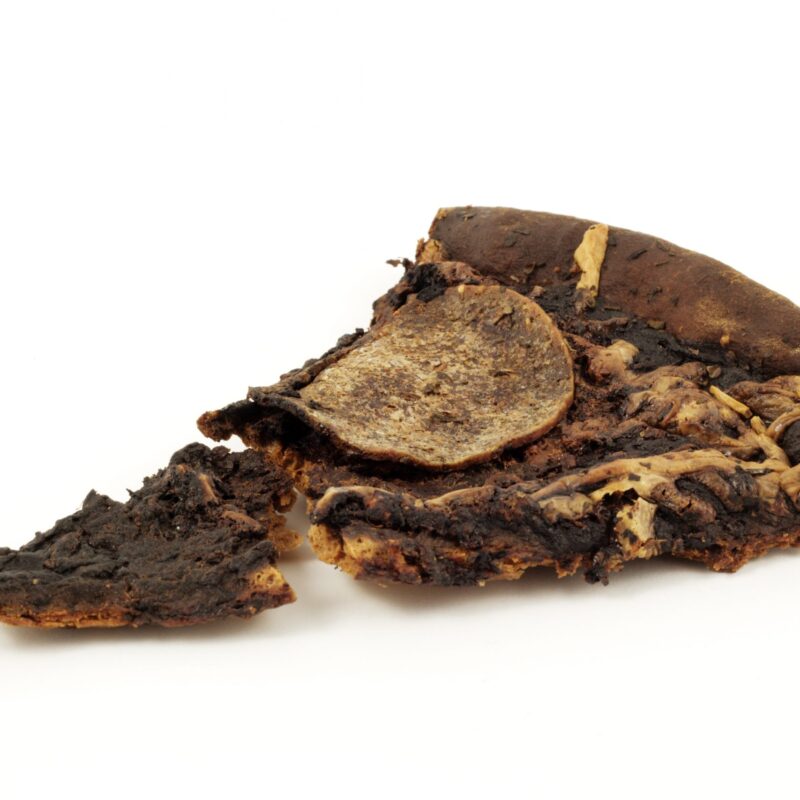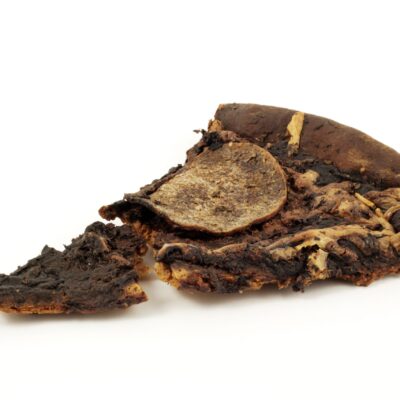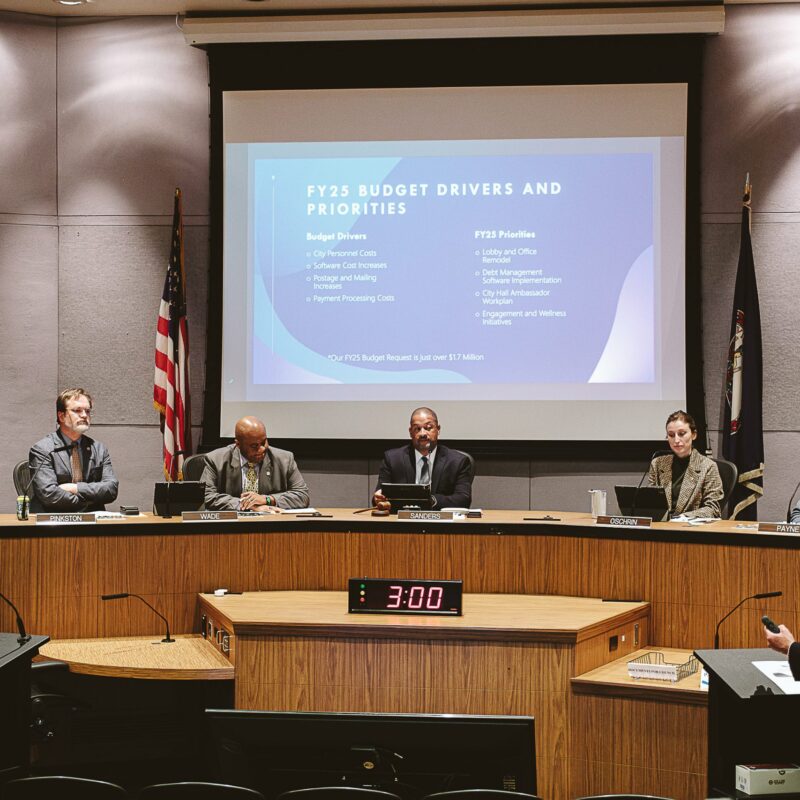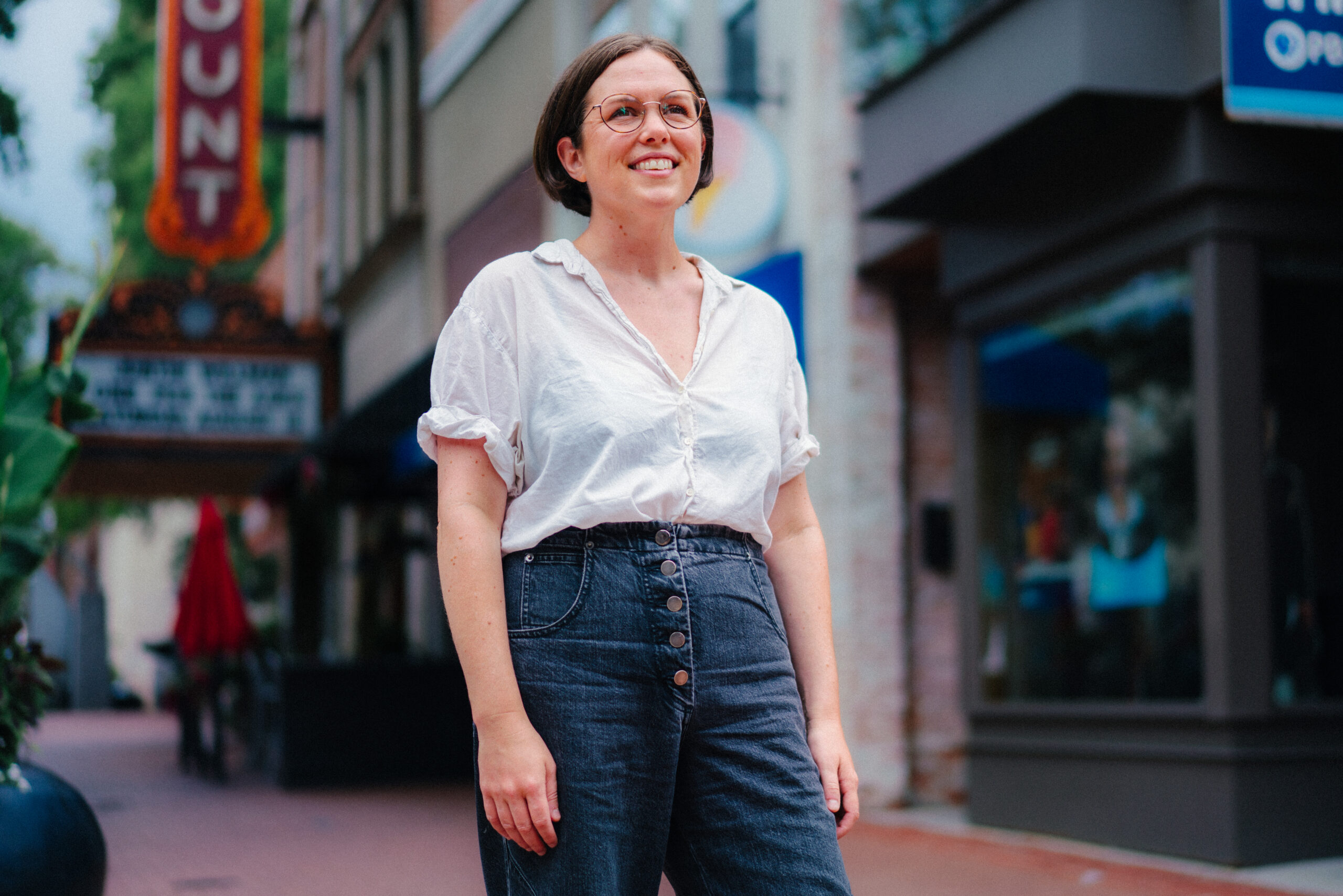
Artists and cultural organizations across Virginia benefit from the existence of entities created to serve as a clearinghouse for information on events, funding, and community. However, the Charlottesville area has not had such a body since 2017, when the Piedmont Council for the Arts suddenly closed.
“I was in the position for about four months before the hatchet dropped, trying to reinvigorate it,” says Deborah McLeod, the final executive director at PCA.
PCA was created in 1979, and members spent the mid-2010s creating and discussing a cultural planning process called Create Charlottesville, intended to attract local investment in the arts. The document called for area governments to make a significant financial contribution each year, as well as to create a position of arts coordinator.
Now the group New City Arts has launched an effort to start a new council.
“Charlottesville, Albemarle, and the surrounding counties have a robust arts and culture sector but lack a centralized, coordinated structure to support its creative communities,” reads an announcement for the launch of a seven-month feasibility study.
The group has hired Ruby Lopez Harper, an independent consultant with experience helping local arts agencies succeed. NCA is forming a steering committee to oversee the planning process and is putting out a call for other people who want to get involved. A report is due early next year.
The new study has many sponsors, and received $10,000 from a discretionary fund controlled by City Manager Sam Sanders.
One theater artist and arts advocate says the new council can serve as a catalyst for a thriving arts community.
“A well-run arts council can foster meaningful connections and collaborations, channel resources into arts creation, organize public programming, and ensure that art isn’t just a luxury but part of everyday life,” says Bree Luck. “Beyond enriching our cultural landscape, it can attract tourism, support small businesses, expand educational opportunities, and encourage cross-cultural exchange in our community.”
But Luck says it is important that funding for such a body not be diverted from artists and organizations themselves.
McLeod says that in addition to promoting the arts, she would like there to be a council to help provide insurance to those who are working artists. She listed some other functions she’d like to see a local group take on.
“An artist registry, a dedication to helping artists to succeed—with workshops on web creation and marketing, affinity groups, a way to celebrate monthly all the ongoing efforts of the venues and galleries, a place to simply bring art aficionados and artists together as a community, and a place that could look after and care for the public art,” McLeod says.
In the waning days of the PCA, the group took on administration of the city’s Art in Place program. When the organization folded, no one was left to take care of the roadside sculptures such as “A Bad Case of the Mondays” by Rob Tarbell at Rugby Road’s interchange with the U.S. 250 bypass. McLeod would like the city to remove an art installation that was not intended to rot.
“You can’t just stick something out there and let it die a natural death,” she says.
